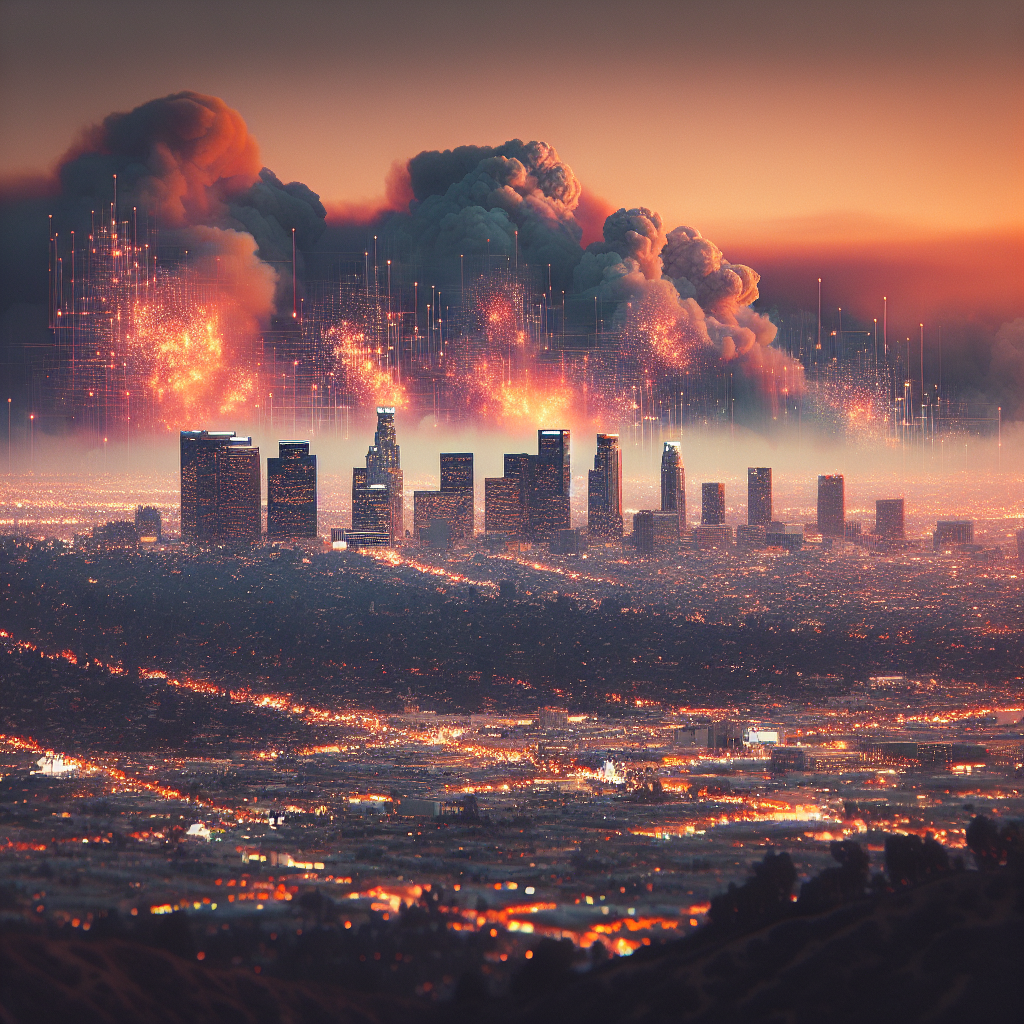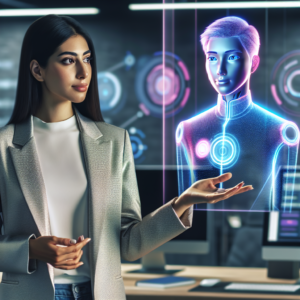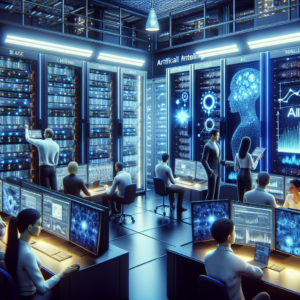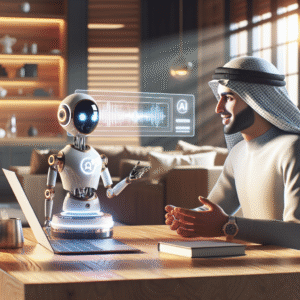Why Are People Blaming ChatGPT for the Los Angeles Fires?
The recent outbreaks of wildfires in Los Angeles have sparked a wave of public discourse, with a surprising scapegoat emerging in the midst of the chaos: ChatGPT. This sophisticated AI language model, developed by OpenAI, has found itself in the crosshairs of blame as people search for reasons behind the devastating fires that have affected numerous communities. Understanding the nuances of this situation is essential to grasp the underlying complexity of human behavior, technology, and environmental crises.
The Context of the Fires
Wildfires in California are not a new phenomenon. In recent years, they have become increasingly frequent and severe due to a combination of factors, including climate change, prolonged droughts, and poor land management practices. The Los Angeles fires, in particular, have led to widespread evacuations, destruction of property, and loss of wildlife. With such a catastrophic event unfolding, it is natural for individuals to seek explanations and accountability.
Public Reaction and Social Media Influences
In our age of instantaneous information sharing, social media has become a powerful platform for shaping public opinion. As images of the raging fires and their aftermath flooded social media feeds, many users began expressing their frustrations and fear. In this chaotic environment, it is often easier to blame a tangible entity rather than acknowledge the multifaceted causes of a tragedy like the wildfires.
ChatGPT, as a widely discussed and publicly available technology, enters the conversation as an easy target. The AI’s ability to generate text and provide information has led some to speculate that it could play a role in spreading misinformation or providing reckless advice. This is particularly true in a landscape where panic can lead to ill-advised decisions during a crisis.
The Role of AI in Modern Discourse
ChatGPT and other similar AI models have transformed the way we interact with information. They can assist in various domains, from education to content creation. However, with great power comes great responsibility. The potential for misuse of AI-generated content raises questions about accountability and the need for critical thinking.
Misinformation and Scapegoating
As the fires raged, some individuals turned to ChatGPT and other AI tools to seek explanations or solutions. This poses a significant challenge—how do we ensure that AI-generated information is accurate and helpful? Some of the users who turned to ChatGPT may have received responses that, when misinterpreted or taken out of context, could lead to misconceptions or panic.
In the chaotic environment of a natural disaster, it is common for people to seek quick answers. However, this can also lead to the spread of misinformation, and when the public grapples with fear, they may look for someone to blame. By pointing fingers at ChatGPT, individuals can express their frustrations with the situation without having to address the more complex factors at play.
Understanding the Limitations of AI
It’s essential to recognize that AI, including ChatGPT, is merely a tool created by humans. It lacks the capacity for critical thinking or emotional understanding and operates based on the data it has been fed. While it can provide useful information, it does not possess the ability to analyze situations in real-time or offer advice specifically tailored to crisis management.
The Importance of Media Literacy
As we navigate a world increasingly shaped by technology, the need for media literacy has never been more critical. Understanding the limitations of AI, recognizing the difference between fact and misinformation, and developing skills to analyze sources will empower individuals to make informed decisions during crises.
Blaming ChatGPT for the wildfires in Los Angeles shifts the focus away from the real issues that need to be addressed—climate change, emergency response strategies, and community preparedness. Instead of scapegoating AI, individuals should engage in thoughtful discussions about how to better manage our natural resources and protect our communities.
Finding Constructive Solutions
Rather than assigning blame to technology, it is more constructive to focus on actionable solutions that can mitigate the impacts of wildfires. These could include:
1. Education and Awareness
Promoting education about fire safety and the causes of wildfires can empower communities to take proactive measures. Understanding how climate change exacerbates fire conditions and the importance of responsible land management can significantly reduce risk.
2. Improved Technology for Fire Management
While ChatGPT may have been unfairly blamed, technology can play a crucial role in wildfire management. Advanced mapping systems, drones for real-time surveillance, and predictive modeling can help authorities respond more effectively to wildfires, potentially saving lives and property.
3. Community Engagement
Creating forums for community engagement can foster open discussions about local risks and preparedness measures. By involving residents in planning and response efforts, communities can build resilience against natural disasters.
Conclusion: The Future of AI and Responsibility
In conclusion, the blame directed at ChatGPT for the Los Angeles fires highlights the complexities of human behavior in times of crisis. While technology is often an easy scapegoat, it is essential to recognize that AI is a tool that reflects the inputs it receives. As we continue to integrate AI into our lives, fostering a culture of media literacy and critical thinking will become increasingly important.
By focusing on constructive solutions and engaging in meaningful dialogues about the challenges we face, society can work towards a more resilient future. Instead of casting blame on AI, it is time to address the root causes of crises and enhance our collective ability to adapt and thrive in an ever-changing world.



